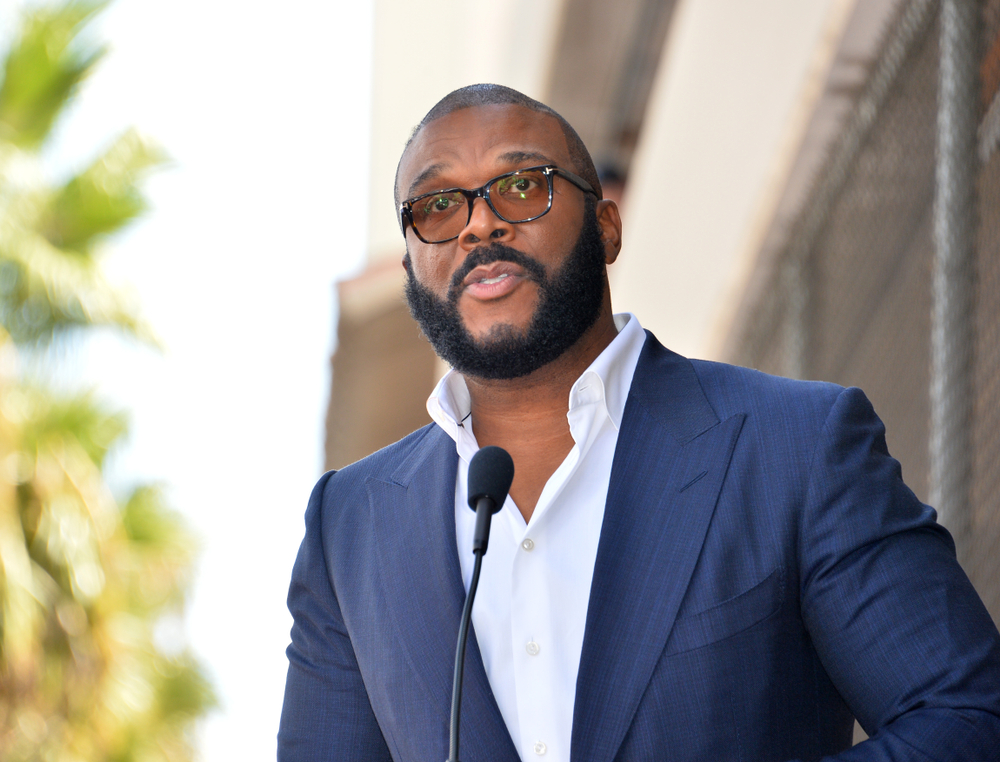Knarrative members are exploring the work of Octavia Butler with “Parable of the Sower” this week.
As “the Mother of Afrofuturism,” Butler is known as one of the pioneers of Afrofuturism, a movement that connects Black diaspora and ancient African history to create science fiction and fantastical worlds. With her prophetic writing, Butler created worlds with strong characters while commenting on social issues such as women’s rights, global warming and the injustices in the lives of Black people.
While Afrofuturism’s and Butler’s impact extends beyond literature, here are five modern books influenced by “the Mother of Afrofuturism”.
- Infinitum: An Afrofuturist Tale: Both written and illustrated by author Tim Fielder, “Infinitum: An Afrofuturist Tale” is a graphic novel that follows King Aja Oba, the king of an African continent who gets cursed when he steals his own son, born from his concubine, to secure an heir to the throne. As time goes by, both his wife, Queen Lewa, and his son pass away while Oba lives on with the curse of immortality and travels to find a new kingdom. Eventually, he makes his way to the U.S. where he bears witness to the beginnings of enslavement up until the Civil Rights Movement. Throughout the comic, Fielder tackles issues such as racism, sexism, classism, the effects of war and the impact of technology.
- Binti: Written by author and journalist Nnedi Okorafor, “Binti” is a trilogy that follows Binti, a Himba girl, who’s given the opportunity to attend the famed Oomza University for her mathematical and astrolabe talents. On her way to the school, her spaceship gets attacked by jellyfish-like creatures called the Medusae. As the only survivor, Binti is left alone on board with the creatures for the rest of her five-day journey. For her work, Okorafor was awarded the Hugo and Nebula Awards for Best Novella as well as the Nommo Award for Best Novella. Her other works include “The Book of Phoenix,” “Lagoon,” the “Nsibidi Script Series,” “Zahrah the Windseeker,” “Black Panther: Long Live the King,” “Wakanda Forever” and the “Shuri” series.
- Afrofuturism: The World of Black Sci-Fi & Fantasy Culture: Serving as “a dictionary” for Afrofuturism, “Afrofuturism” is a comprehensive book of what the movement actually is. Written by author and Afrofuturism expert Ytasha Womack, the book details the history and modern version of the genre, covering both the artists that are putting out Afrofuturistic work now and the artists who helped innovate it in the past. The book’s topics span from introducing readers to figures like Afrofuturism sci-fi literature writers, such as Samuel Delany and Octavia Butler, to the musicians that have incorporated Afrofuturistic elements in their work. “Afrofuturism” also covers the topics that are discussed in the movement’s works, including the experience of African Americans and its influences from African Dogon myths and Egyptian Gods.
- Maya and the Rising Dark: Written by author Rena Barron, “Maya and the Rising Dark” is an Afrofuturistic children’s book that features 12-year-old Maya as its main character. When her father goes missing, Maya searches for him and finds that he’s a protector of two worlds. Guarding Earth from the Dark, Maya and her father are tasked with saving the planet from the Lord of Shadows and his army as they try to tear down the veil and take down the human race.
- The City We Became: Created by acclaimed science fiction author N.K. Jemisin, “The City We Became” follows a series of six characters who learn how to channel the energy of New York City in their souls. While they don’t remember their own identity, the characters learn that they can physically feel the heart of the city, see the drawings that aren’t there and listen to its songs. With each character representing one of the boroughs, the new avatars need to learn how to use their powers following the primary avatar’s disappearance to defeat their nemesis, Enemy.








